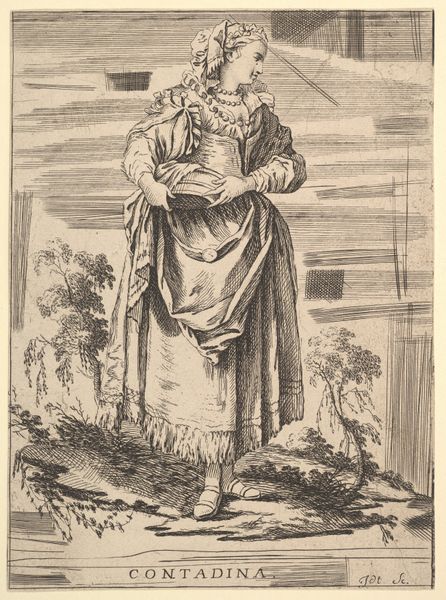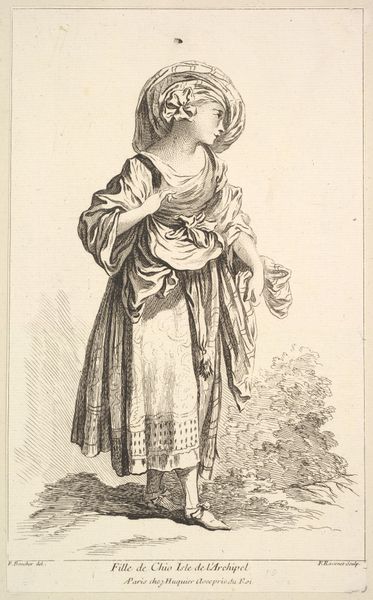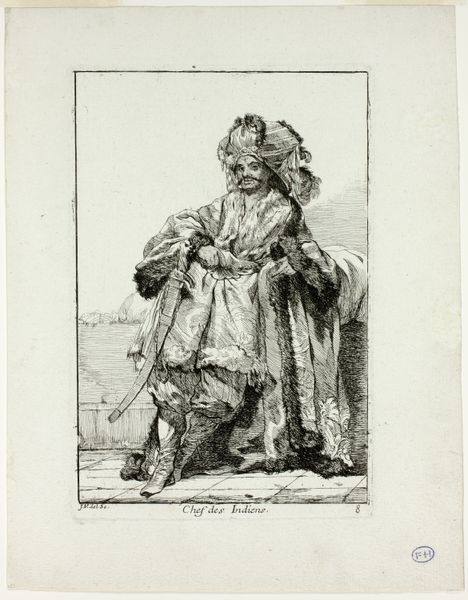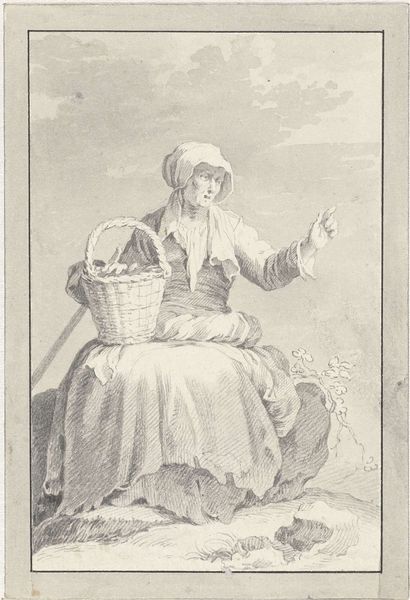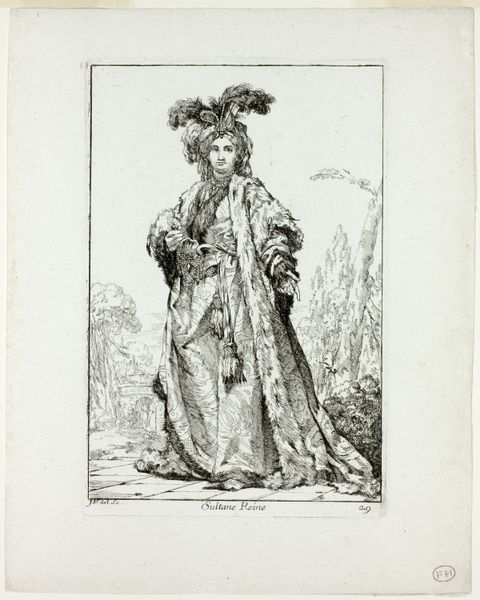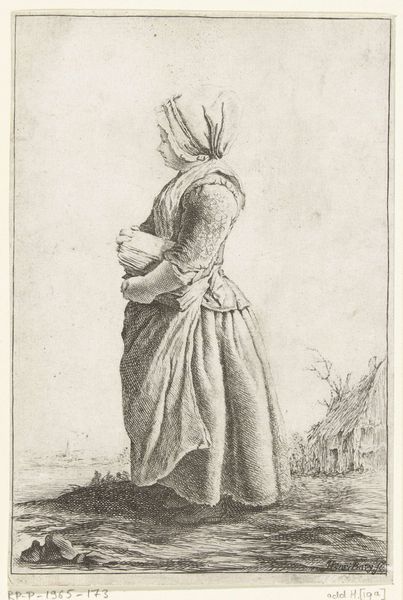![Contadina, from Recueil de diverses fig.res étrangeres Inventées par F. Boucher P.tre du Roy et Gravées par F. Ravenet (Collection of Various Foreign Figures, Devised by F. Boucher, Painter of the King and Engraved [etched] by F. Ravenet), plate 7 by Gabriel Huquier](/_next/image?url=https%3A%2F%2Fd2w8kbdekdi1gv.cloudfront.net%2FeyJidWNrZXQiOiAiYXJ0ZXJhLWltYWdlcy1idWNrZXQiLCAia2V5IjogImFydHdvcmtzLzUxYjBlMDk2LWNhZWQtNDc0ZC1iMWU4LTk4ZDc4ZjM2M2Y3OS81MWIwZTA5Ni1jYWVkLTQ3NGQtYjFlOC05OGQ3OGYzNjNmNzlfZnVsbC5qcGciLCAiZWRpdHMiOiB7InJlc2l6ZSI6IHsid2lkdGgiOiAxOTIwLCAiaGVpZ2h0IjogMTkyMCwgImZpdCI6ICJpbnNpZGUifX19&w=3840&q=75)
Contadina, from Recueil de diverses fig.res étrangeres Inventées par F. Boucher P.tre du Roy et Gravées par F. Ravenet (Collection of Various Foreign Figures, Devised by F. Boucher, Painter of the King and Engraved [etched] by F. Ravenet), plate 7 1710 - 1772
0:00
0:00
drawing, print, engraving
#
portrait
#
drawing
#
baroque
# print
#
figuration
#
engraving
Dimensions: Sheet: 10 13/16 x 6 3/4 in. (27.4 x 17.2 cm)
Copyright: Public Domain
Curator: Standing before us is “Contadina,” a print from the “Recueil de diverses fig.res etrangeres,” created between 1710 and 1772. Gabriel Huquier engraved it after a drawing by François Boucher. It depicts a peasant woman in baroque style. Editor: She seems hesitant, almost shy. There’s a delicacy in the lines, despite the everyday nature of her clothing, giving it all an air of theatricality. Curator: Indeed, there is an intriguing tension here. As an engraving, a multiplication of images for consumption, the material process echoes the popularization, even perhaps idealization, of rural life during that era. It makes one wonder, what stories was it made to tell? Editor: Looking at her garments, I see how visual cues create an archetypal figure. The shawl, the layered skirts with fringed hem: these are details contributing to an image of “the Contadina”, less about the individual and more about constructing a symbolic ideal. This engraving uses dress and pose to signify a specific type of labor, romanticizing peasant identity. Curator: It’s fascinating how this piece bridges the divide between high art and commerce. Boucher's original drawing provided a model that was then mediated through Huquier's craft. It raises a fundamental question: How does art circulate to form the public image? Editor: Absolutely! Furthermore, think of the power dynamics implicit within this visual vocabulary. How were images like this used to shape understandings of labor and class? Her downcast gaze is perhaps loaded with meaning in that respect. Curator: Examining the paper quality and printing techniques, along with its purpose as part of a series, brings an economic and social element to art. This shows art as more than a singular expression—it is part of an economic system of images and how meaning gets fabricated, literally. Editor: Reflecting on "Contadina" shows how something seemingly straightforward carries layers of artifice and loaded signs. The power of symbols indeed persists across centuries. Curator: And the importance of interrogating artistic production methods enables a critical evaluation, too, so much so as the narrative that this artwork transmits.
Comments
No comments
Be the first to comment and join the conversation on the ultimate creative platform.
